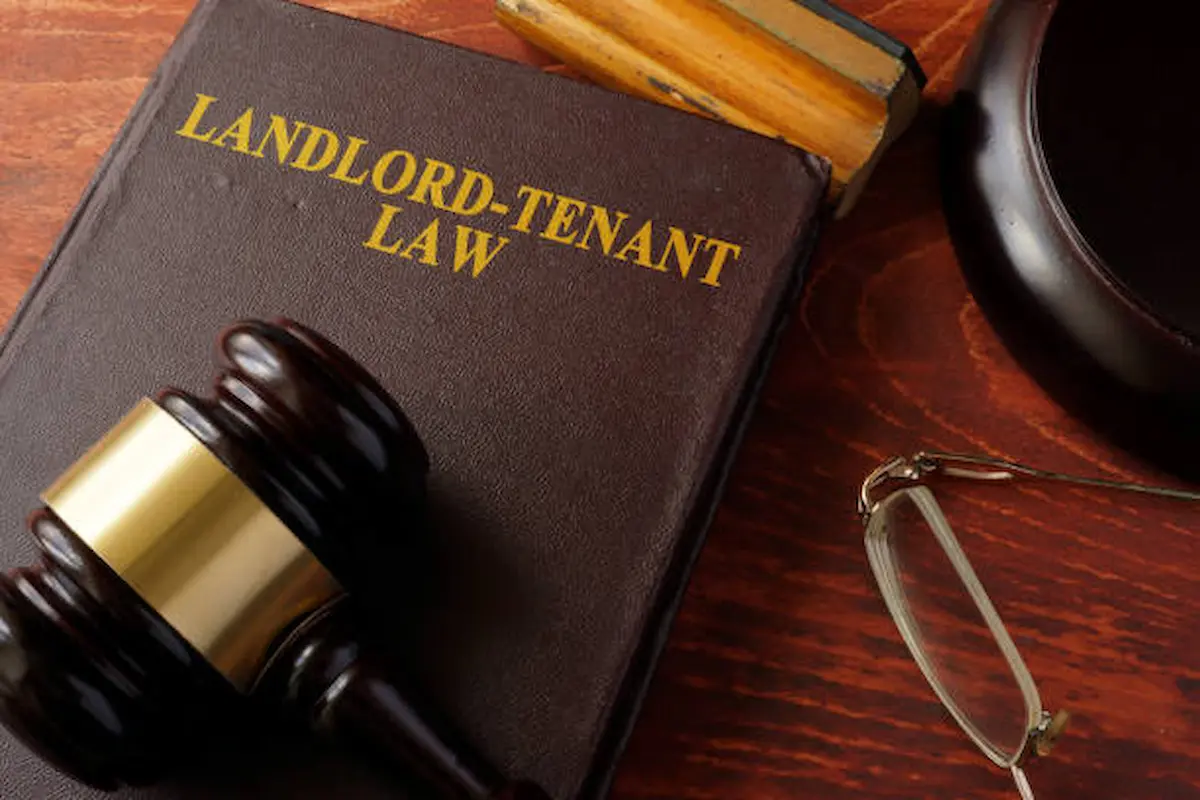Navigating the complexities of rental laws in Montana can be daunting for landlords and tenants alike. This guide aims to clarify the key aspects of Montana landlord tenant law, Montana eviction laws, and Montana fair housing regulations. Understanding these laws helps ensure compliance and fosters a smooth rental experience.
Required disclosures
Montana law mandates certain disclosures to protect both tenants and landlords. Key requirements include:
- Lead-based paint: For properties built before 1978, landlords must provide information about lead-based paint hazards by distributing the EPA-approved pamphlet “Protect Your Family from Lead in Your Home” and sharing any known hazards.
- Landlord/agent identification: Landlords must disclose the names and addresses of the person authorized to manage the premises and the owner, ensuring the information remains up-to-date and in writing.
- Carbon monoxide and smoke detectors: Landlords must confirm these devices are working at the start of a new rental agreement.
- Property condition: A written statement detailing the property’s condition must be included in the rental agreement.
- Mold and methamphetamine contamination: Landlords must disclose mold presence and any methamphetamine contamination, along with remediation status.
Rent and fees
Montana’s rental laws offer some flexibility that benefits both landlords and tenants:
- Rent due date: Rent is typically due on the first of the month unless otherwise specified in the lease.
- Late fees and rent increases: There are no statutory limits on late fees or rent increases, and no statewide rent control.
- Grace period: No mandatory grace period is required.
- NSF/bounced check fee: Landlords can charge up to $30.
- Withholding rent: Tenants may arrange repairs and deduct costs from rent if the landlord fails to maintain the premises safely.
Security deposits
Security deposits in Montana come with specific regulations to ensure fair handling:
- Deposit limit: There is no maximum limit imposed on security deposits.
- Interest and separate accounts: Landlords are not required to pay interest or keep deposits in separate accounts.
- Return period: Deposits must be returned within 30 days, or 10 days if no deductions are applied. A detailed deduction list is necessary.
- Tenant screening and Montana fair housing protections
- Tenant screening in Montana must adhere to specific guidelines:
- Protected classes: Discrimination based on factors like race, religion, and familial status is prohibited. Montana fair housing extends protections to marital status, creed, and age.
- Credit reports: Governed by the Fair Credit Reporting Act, landlords must protect tenant credit information and notify applicants when denial is due to credit issues.
- Criminal histories: Background checks can be used, but blanket policies are discouraged. Each applicant’s history should be assessed individually to ensure fairness.
Entry and eviction processes
Understanding entry and eviction protocols is crucial for landlord-tenant relationships:
- Entry notice: Landlords must provide 24 hours’ notice and should enter only at reasonable times for inspections, repairs, or showings.
- Emergency entry: No notice is needed in emergencies.
- Eviction notices: Various notices exist, such as 3-day pay-or-quit and 14-day cure-or-quit for lease violations. Unconditional quit notices apply for damages without the need for remediation.
Other laws and considerations
Several additional considerations can impact landlords and tenants in Montana:
- Rent reduction for damage: If substantial property damage occurs, tenants may reduce rent proportionally or terminate the lease with a 14-day notice.
- Median rent rates: Montana’s median rent is around $1,800, with lower rates in areas like Billings.
Conclusion
Understanding Montana landlord-tenant laws is essential for a harmonious rental experience. From disclosure requirements to eviction protocols, being informed can help both landlords and tenants avoid potential pitfalls. For more detailed information and support with property management, consider using services like Innago’s property management software.
